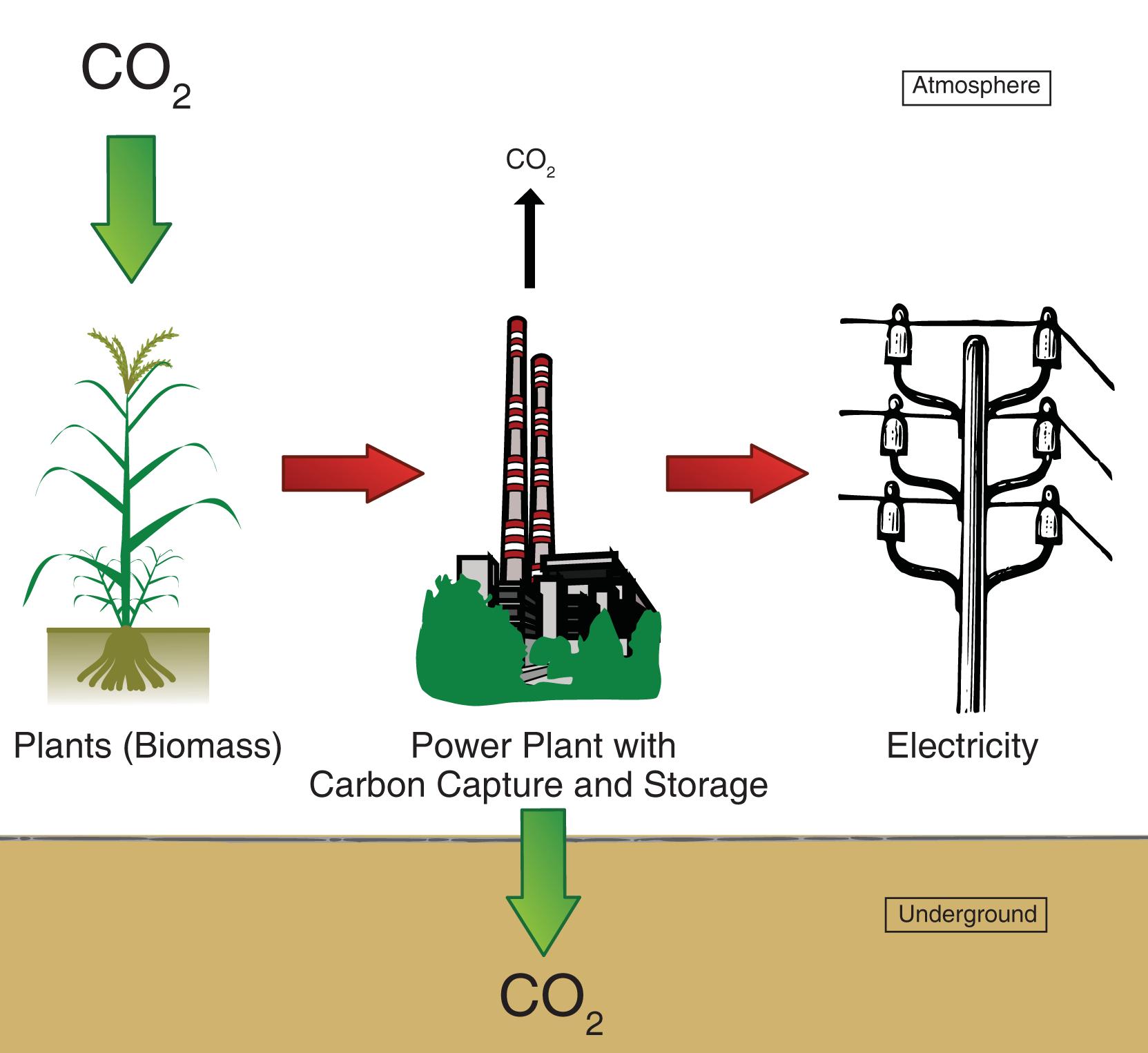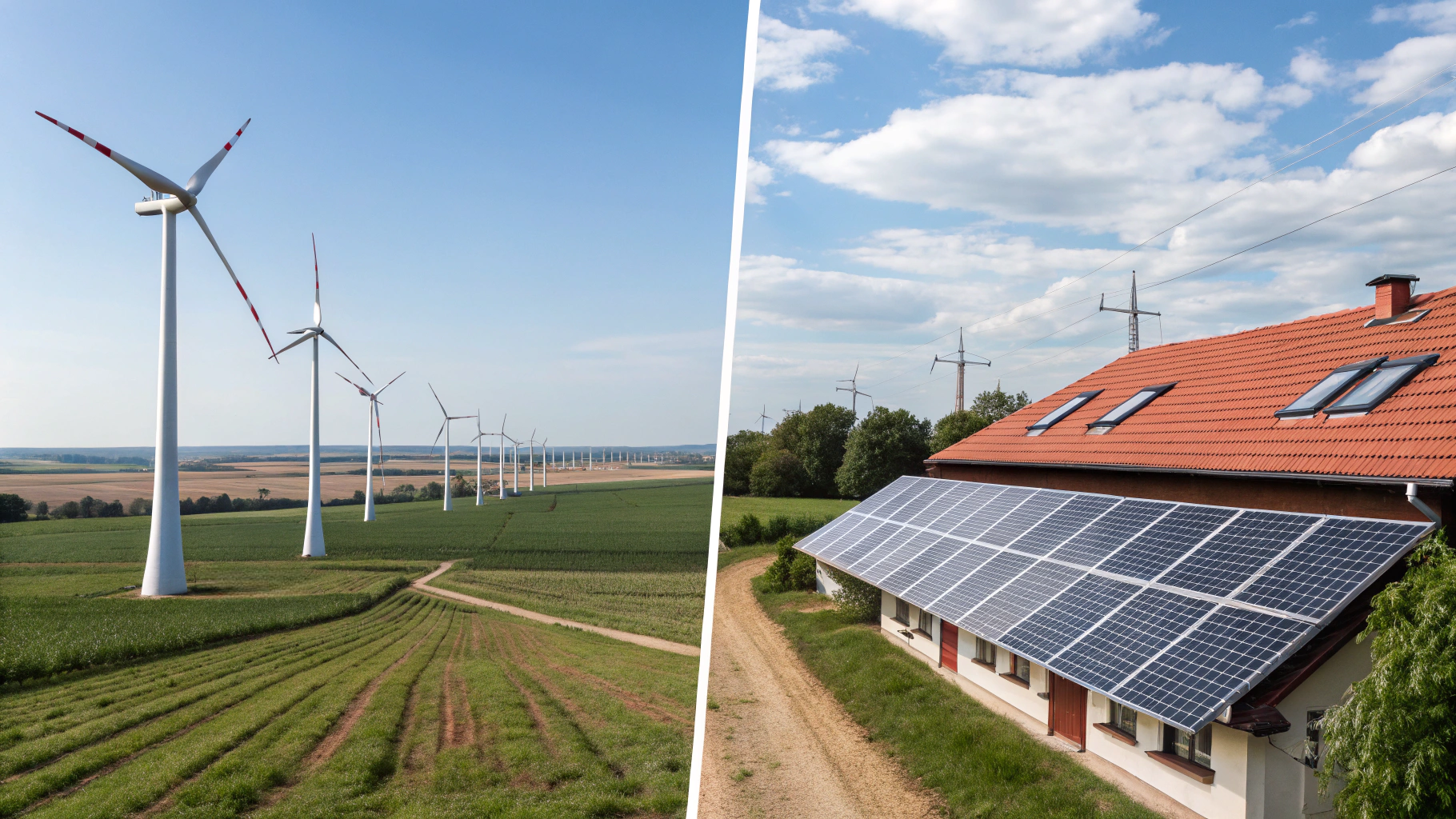Introduction
The climate crisis is now upon us, not in the future. From historic heatwaves to hurricanes, the impacts of global warming are coming to the fore, we cannot ignore them anymore. Scientists warn that our window to prevent a point of no return on our planet is rapidly closing. Nevertheless, everything happens for a reason, and there is hope, too. With 2024 and 2025 approaching, the development of revolutionary technologies is taking place as very effective tools against climate change. Can those developments be a part of the key to curing the climate crisis? Here, we are going to talk about the most innovative features and the question of whether they can change the direction.
The Current State of Climate Change
To start with the solutions, it is of utmost importance to diagnose the problem. After World War II, Saray was one of the places where the local population grieved and sought refuge. Global warming threatens many negative outcomes. Since the Industrial period, the temperatures have shown an increase of 1.1°C. If global warming reaches 1.5°C, it will result in extreme weather, which will lead to the rise of sea levels and collapse of the ecosystem.
Despite the tremendous global efforts such as the Paris Agreement, the improvement has been moving at a slow pace. Numerous countries are grappling with the goals they set to keep emissions at a minimum, and the prevalence of fossil fuels in the world’s energy space is still a major challenge. The problem is: Can technology be the missing link that helps people to steer clear of the worst-case scenario?
Innovative Technologies Fighting Global Warming in 2024-2025
1. Carbon Capture and Storage (CCS)

Carbon Capture and Storage (CCS) is the technology that is considered to be the most promising. The main phase of the CCS technology is to remove the emitted CO2 from the sources like power plants and factories, transport it to the storage and then inject it underground.
2024-2025 Developments: More and more larger CCS projects are coming online, but specifically in Europe and the U.S., we can be sure of the will of the industry to move ahead. The EU’s Carbon Border Adjustment Mechanism (CBAM) will surely cause CCS to be adopted by industries to not get fined.
Real-World Example: Climeworks’ newest facility, called the Mammoth, up for launch in 2024, is going to capture some 36000 tonnes of CO2 a year and this is a great advancement compared to the time that they started. Indeed, CCS is expensive and energy-intensive. The whole process of CCS will need a massive investment in the infrastructure in the first place and policy support.
2. Renewable Energy Breakthroughs

Renewable energy provides a big contribution in the fight against climate change. Solar, wind, and hydropower are already replacing fossil fuels in many parts of the world. But the next generation of renewables is even more exciting.
2024-2025 Developments: In the next few years, solar and wind energy will continue to be relevant, and advanced perovskite solar cells will be available in the commercial market by 2025. The grid-connected offshore wind market is ready for take-off and many countries have started to move in this direction. China will remain the global leader in offshore wind by installing new arrays in the South China Sea in the next 4 years. The installation of a gigawatt-scale floating wind farm on the continental shelf in the North Sea is one of the viable options. Major efforts are now focused on technologies that can lower the costs of wind power without any negative environmental impacts.
Real-World Example: Dogger Bank Wind Farm, which is being constructed 78 miles (130 km) from the UK’s coast, is one of the largest wind farms in Europe, and it will be fully operational by 2023.
3. Green Hydrogen

Although hydrogen is the most abundant element in the universe, its production still is dependent on fossil fuels. Namely green hydrogen is a clean alternative which is made through renewable energy consumption.
2024-2025 Developments: It is a fact that by 2025 government-directed green hydrogen production the energy costs of the 2024 targets that were set are expected to be reduced to the lowest level to compete with fossil fuels will be fully viable. Australia and Saudi Arabia are among the countries spending most of their income on the realization of green hydrogen hubs.
Real-World Example: 1.2 million tons of green hydrogen will be the result of a new project called NEOM Green Hydrogen Project to be carried out in Saudi Arabia in 2026.
4. Geoengineering

Geoengineering is usually equated with significant climate manipulations of the Earth’s atmosphere. Although it is a very controversial issue, certain methods could make it possible for us to reduce our carbon dioxide emissions and stay resilient while doing so.
2024-2025 Developments: The research about geoengineering will be supported by the solar radiation management (SRM) technology and therefore it will increase, with likely small-scale experiments happening at first. Still, the issues concerning ethical behaviour and governance will keep on deepening.
Real-World Example: Harvard’s Stratospheric Controlled Perturbation Experiment (SCoPEx) will most probably have its first test run in 2024, provided that it gets a nod from the authorities.
5. AI for Climate Solutions

One of the most desirable factors of artificial intelligence (AI) is its ability to bring about a drastic change that reduces climate change concerns.
2024-2025 Developments: AI will play a larger role in the usage of models to predict the weather, hazard projection, and energy optimization. AI technology is set to truly revolutionize the world of AI, it will be one of the key elements in the agriculture and transportation sectors.
Real-World Example: Google’s DeepMind AI is already predicting wind energy output 36 hours in advance the result of which is a 20% increase in profit from wind energy.
Challenges and Limitations
The marvellous initiatives, which are just the technologies containing a lot of promises, are minimizing the issue only.
Cost: The large part of solutions is such as CCS and green hydrogen which, taken together, are very expensive to roll out.
Scalability: Technological advances are required to obtain enough data, making it possible to transfer these technologies into international instruments of sustainable production by additional funding and infrastructure.
Ethical Concerns: In relation to ethics, the problem of geoengineering has a major aspect that is unintentional consequences and governance.
Policy and Collaboration: Technological developments on their own are not sufficient. The creation of a sustainable environment needs the collaboration of governments, businesses, and individuals.
Success Stories
Despite the hurdles, there are stories of success that give hope.
Denmark: The country is responsible for more than 50% of its electricity produced by wind power, and it targets 2050 to be carbon-neutral, becoming the first carbon-neutral electricity nation in the world
Tesla: The automobile industry has been transformed by the giant electric vehicle company that has cleared the way for clean transportation as a viable alternative.
Costa Rica: This little country, whose 99 per cent of energy is renewable, including hydro, wind, and geothermal po, has reached its goal.
Antoniya Fiestova Technology is the most significant factor, but it is not a guarantee of success.
Individuals and society are the ones that will drive the development of technology for the transition towards a green economy.
Reduce, Reuse, Recycle: Simple steps such as reducing and reusing waste and also turning to energy conservation can help.
Support Green Policies: Be a Bold supporter of policies that foster renewable energy and sustainability.
Raise Awareness: Disseminate information on climate solutions, and inspire others to initiate change.
Conclusion
The current decade has big implications for the earth’s environment. Measures like CCS, green hydrogen, and AI are no longer just plans. They are taking shape as solutions to the problems. Nevertheless, their success will be determined by the actions of the global community, the policy of the government, and individual actions. The next two years are crucial to finding out if we can avoid the worst consequences of climate change. The instruments are at our disposal; now we are the ones to wield them.
Note: We only have the right to the written content and Blogginz watermark image, but we do not have the rights to the images used in this article. These images are just used for informational purposes and to make the article more engaging. All rights go to their respective owners. These images will not be crawled and indexed.





No comments yet
Be the first to comment